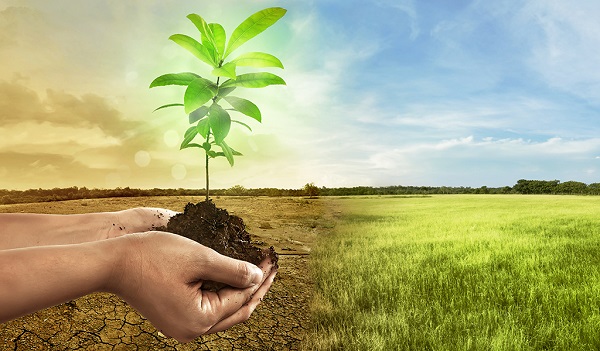
Stakeholders in the climate change sector have identified the Global Biodiversity Information Facility (GBIF) project as a tool that can help revolutionise Nigeria’s ecosystem conservation.
The director-general of the Sheda Science and Technology Complex (SHESTCO), Prof. Paul Onyenekwe disclosed during a one-day strategic policy dialogue and stakeholders engagement meeting that the project had established agreements on data sharing and exchange with the Nigerian biodiversity clearing house set up between relevant biodiversity-related organisations and stakeholders.
The meeting aimed to bring synergy between data producers and users to implement a national biodiversity strategy and action plans. Onyenekwe explained that human activities, pollution, land use, and development along coastlines have put stress on coastal and marine environments, drastically reducing biodiversity rates.
According to the project principal investigator and former vice-chancellor of UNILAG, Prof. Oluwatoyin Ogundipe this collaborative partnership has enabled capacity building in biodiversity data mobilization, publication, and management, with 158 participants trained from institutions across the 6 geopolitical zones of Nigeria.
The partnership has enhanced the mobilisation of about 30,000 biodiversity data, including approximately 25,000 occurrence data and 5,000 checklist datasets. Of these, 18,000 higher plants, 4,000 animals, 6,000 planktons, and about 2,000 other species (fungi, protozoans and cyanobacteria) were recorded from coastal ecosystems in Nigeria.
“[The] IUCN[‘s] red listing of the species recorded,” he said “showed that a total of 7 species are extinct (animals belonging to the genus cercopithecus, commonly known as ‘blue monkeys’), 1 species is extinct in the wild (the plant Okoubaka aubrevillei), 23 species are critically endangered, 148 species are endangered (including milicia excela, triplochiton scleroxylon, hymenocardia acida, kigelia africana, etc.), 231 species are vulnerable, 439 species are near threatened, 8,301 are least concerned, 112 are data deficient, while 11,887 species are not evaluated.
“The highest number of vulnerable and near threatened species was recorded in the south-south region of the Nigerian coast, and they are largely plant species. On the other hand, the largest number of endangered species was recorded in the southwestern coast, and these are largely plants. A plant, Okoubaka aubrevillei, was found to be almost extinct, as only a few records of the species were observed. This could be a result of its wide use in ethnomedicine.”
The GBIF node for Nigeria, Prof. Omokafe Ugbogu appreciated the funding agency and partners and commended the PI for the commitment and successful completion of the project despite the highlighted challenges.
Stakeholders emphasised the need to share data generated from the project among the agencies to effect policy implementation and applauded the success of the project. A communique released to the media at the end of the meeting had some key decisions, including that data generated should be utilised in both inter and extra-collaborative procedures by MDAs. The stakeholders agreed that reports from this meeting will be shared with the ministers and heads of their agencies and that a next step toward policy implementation will be worked out. This will lead to a ministerial briefing on the level of national biodiversity informatics action plan for Nigeria’s coastal environment. MDAs should also allocate special funds in their budgetary processes for environmental research and implementation.
Also, stakeholders agreed that the data generated from the project should inform education, be incorporated into the education curricula of Nigeria and enhance income generation, especially in the marine and coastal areas of Nigeria.
“For sustainability and effective conservation, there is a need to get the buy-in of industries that have the potential to generate external funding for sustainability. Additionally, MDAs can seek the use of ecological funds for conservation projects and work with the National Assembly to channel constituency project funds towards environmental-related projects.”
Conclusively, stakeholders agreed on the need for sustainable use and exploitation of resources by the rural communities in Nigeria’s marine and coastal regions.

